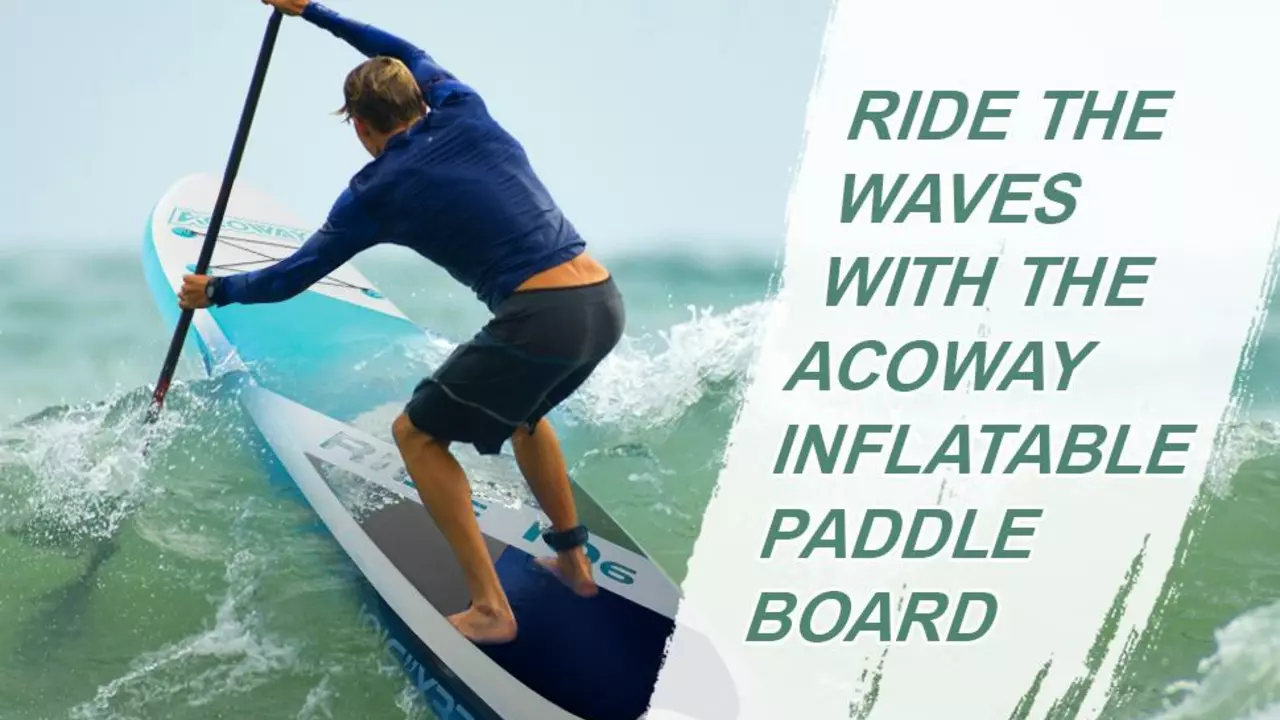DIY Paddle Board: Build Your Own Board in Simple Steps
Ever wondered if you could craft a paddle board right at home? You don’t need a factory or a massive budget. With a few everyday items and a bit of patience, you can create a board that floats, tracks, and looks good enough to impress friends.
Materials and Tools You’ll Need
Start by gathering low‑cost supplies. A 12‑foot plywood sheet (about ¾‑inch thick) works well for the core. Grab some PVC pipe for the rails, waterproof marine glue, epoxy resin, sandpaper, and a basic paintbrush. You’ll also want a jigsaw or handsaw, a drill, and a few clamps. If you can’t find marine glue, a strong construction adhesive will do the trick.
Optional upgrades include a foam core for extra buoyancy, fiberglass cloth for durability, and a cheap deck pad for grip. All of these add a few pounds but make the board last longer on rough water.
Step‑by‑Step Build Process
1. Shape the hull. Trace a basic surfboard outline onto the plywood. Keep the nose rounded and the tail slightly tapered. Cut the shape out with your saw, then sand the edges smooth. A smooth hull reduces drag and looks professional.
2. Attach the rails. Cut the PVC pipe to match the board’s length. Glue the pipe along each side, using clamps to keep it in place while the adhesive cures. The rails add stiffness and protect the edges from dings.
3. Seal and waterproof. Mix epoxy resin according to the package directions. Brush a thin layer over the entire board, paying extra attention to seams and rail joints. Let it cure for the recommended time—usually a few hours.
4. Add reinforcement (optional). If you want extra strength, lay fiberglass cloth over the epoxy and apply another resin coat. This step is quick, but it makes the board much tougher for rocky shores.
5. Finish the deck. Sand the top lightly, then apply a deck pad or a simple layer of marine paint for grip and style. Let everything dry completely before you test it out.
6. Mount the fin. Drill a small hole near the tail and insert a simple fin kit. Most DIY kits come with a screw‑in fin that’s easy to adjust for different conditions.
Now your board is ready for a test run. Fill a bathtub or a small pond first to check balance. If it tips too much, add a bit more foam or adjust the weight distribution.
When you’re confident, head to a calm lake or gentle beach. Paddle with a light, steady stroke—don’t try to race the wind right away. You’ll feel the board glide and know your hard work paid off.
Keep an eye on maintenance. Rinse the board with fresh water after each use, especially if you’ve been in salty water. A quick wipe‑down and occasional re‑coating of epoxy will keep it looking fresh for years.
Building a DIY paddle board isn’t just about saving money; it’s about learning how a board works and customizing it to your style. Whether you’re after a sleek racing shape or a stable beginner board, the same basic steps apply.
So grab that plywood, some glue, and get to work. In a weekend, you’ll have a board that lets you splash, glide, and enjoy the water on your own terms.
How to build a paddle board?
Building a paddle board is a rewarding process that requires some woodworking skills and patience. The first step is to select the right materials, typically lightweight, durable wood. Then, you need to cut and shape the wood in the desired paddle board design, taking care to ensure stability and buoyancy. The board is then assembled using strong adhesive and screws if necessary. Lastly, it's important to seal the board with a waterproof finish to protect it from water damage.
